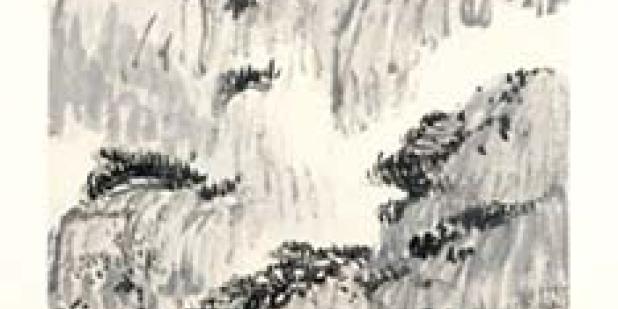Join us for a free one-day workshop for educators at the Japanese American National Museum, hosted by the USC U.S.-China Institute and the National Consortium for Teaching about Asia. This workshop will include a guided tour of the beloved exhibition Common Ground: The Heart of Community, slated to close permanently in January 2025. Following the tour, learn strategies for engaging students in the primary source artifacts, images, and documents found in JANM’s vast collection and discover classroom-ready resources to support teaching and learning about the Japanese American experience.
The Influence of the Republican Period on the Painting of Ming China
UC Berkeley's Center for Chinese Studies hosts a lecture on the history of traditional Chinese art and the creation of modern Chinese art.
Where

The creation of a modern Chinese art in the first half of the twentieth century necessarily required the creation of its opposite - ‘traditional Chinese art’, that which by definition was not modern. The materials out of which traditional Chinese art, and in particular ‘traditional Chinese painting’ were constructed were many and various, including the actual art of the past, and the copious historical written record about painting and painters. From the early twentieth century onwards, new structures of collecting and display, as well as new technologies of publishing and reproduction, came together with a range of intellectual and theoretical positions, both indigenous and imported, to make possible a way of looking at the art of premodern China which has endured to the present day. At the same time, the development of art history as a discipline, both inside China and internationally, made the art of the past very much a part of current debate. This lecture will look at some of the complex processes whereby the art of the Ming period (1368-1644) came to stand as the apogee of this tradition, and how the selective use of Ming examples constructed an image of the Chinese past with an enduring global reach.
Patricia Berger, Professor Emerita, Chinese Art, UC Berkeley
Craig Clunas, FBA, Professor of the History of Art, University of Oxford
Featured Articles
Please join us for the Grad Mixer! Hosted by USC Annenberg Office of International Affairs, Enjoy food, drink and conversation with fellow students across USC Annenberg. Graduate students from any field are welcome to join, so it is a great opportunity to meet fellow students with IR/foreign policy-related research topics and interests.
RSVP link: https://forms.gle/1zer188RE9dCS6Ho6
Events
Hosted by USC Annenberg Office of International Affairs, enjoy food, drink and conversation with fellow international students.
Join us for an in-person conversation on Thursday, November 7th at 4pm with author David M. Lampton as he discusses his new book, Living U.S.-China Relations: From Cold War to Cold War. The book examines the history of U.S.-China relations across eight U.S. presidential administrations.




